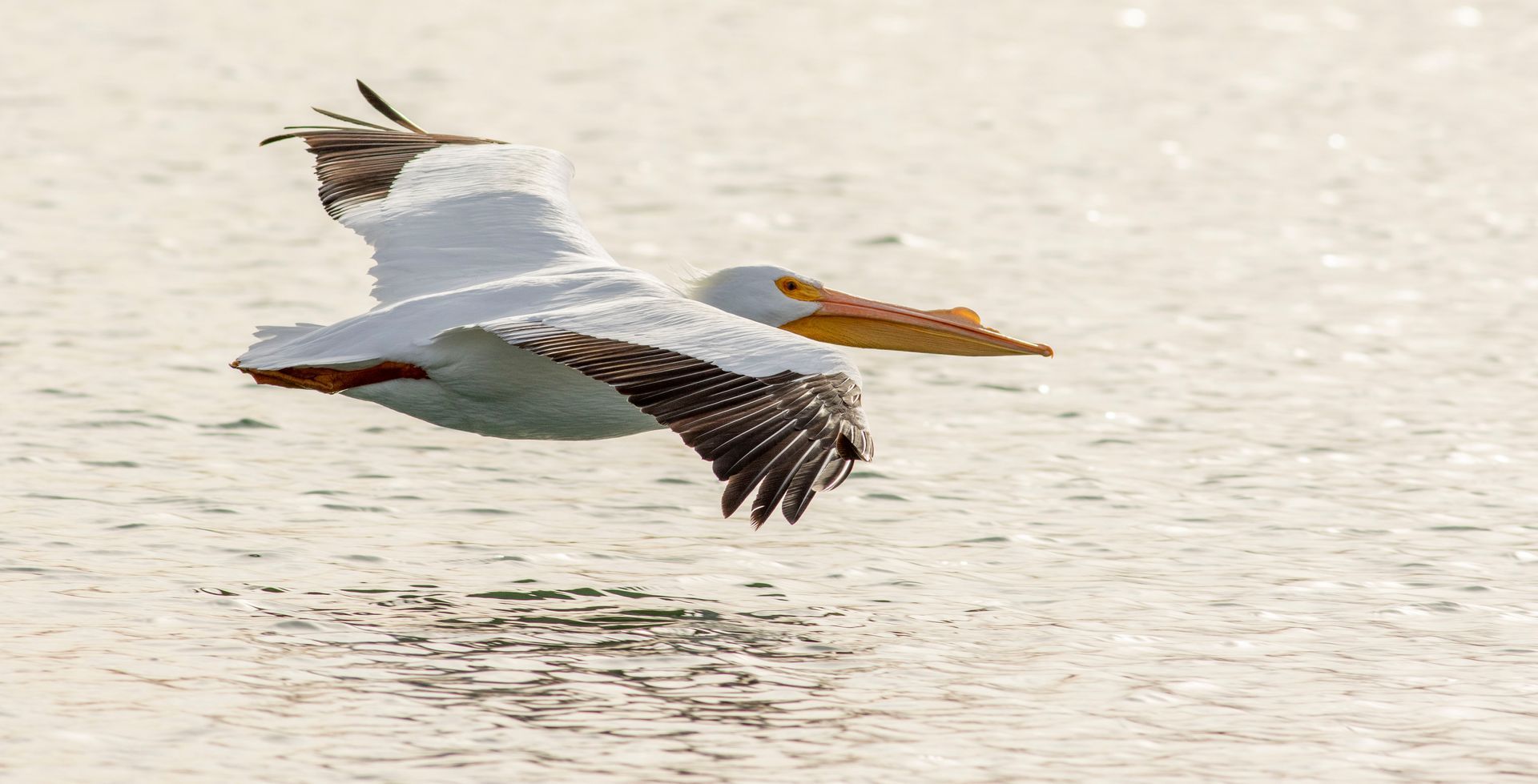December Birding Forecast

In December, it is fair to say that winter has arrived. And throughout November, diehard birders and backyard birders alike turn over the stones to see or hear what types of wintering birds will be with us for the next few months. At parks, in canyons, and neighborhoods, our songbirds have mostly settled into their wintering areas. Mixed flocks of Ruby-crowned Kinglets, Yellow-rumped, and Orange-crowned Warblers rove through a variety of habitats. White-crowned Sparrows move confidently in large groups, aggregating where food is plentiful. You may see them around seeding quailbush in much of the valley. Look for their cousins, White-throated and Golden-crowned Sparrows, which occasionally join groups of White crowned Sparrows. For the most part, songbirds tend to stay put once they find a wintering area. They are no longer migrating long distances, but they will move around locally and wander for food supplies.
Some songbirds are a little less predictable. Red-breasted Nuthatches and a few finch species are such examples. They move around more freely throughout the winter, admonishing the idea that we usually have of songbirds: that they are supposed to move roughly north or south with the spring or fall. For birds like siskins, Evening Grosbeaks, and Red Crossbills, this may not be the case. These species are more nomadic, searching valleys and mountainous areas for their favored seed crops. Finches call frequently while in flight, so familiarizing yourself with their calls will help you detect them as they flyover. Detecting finches as “fly overs” is a common occurrence with this globally successful family of birds.
At our wetlands and lakes, waterbirds move about in search of optimal feeding areas. Many of our geese and ducks continue to come and go as the winter season progresses. These birds are often hunted or disturbed in many wintering areas, so over time they naturally end up at wetlands where hunting is not permitted. It is in part for this reason that you will run into slightly more or different birds at places like Clark County Wetlands in January than you will in December.
For those looking to get out of the city for a day of birding, consider visiting agricultural areas around Moapa Valley or south of Laughlin. Visiting these habitats during the winter can be highly rewarding. Agricultural areas attract heaps of bluebirds, pipits, blackbirds and sparrows. And with those, predators often follow; the Moapa Valley, Overton, and Warm Springs areas can be excellent places to see wintering falcons, Red-tailed Hawks and harriers. You may even spot a Ferruginous Hawk, the largest hawk in on the North American Continent. Another good reason to bird these areas is that few people often do. If you are the type of person that loves to sleuth around for interesting birds, you may well stumble across an unusual bird that no one else has detected yet. They are out there, and uncommon and rare birds will be found by local birders.

RECENT ARTICLES



